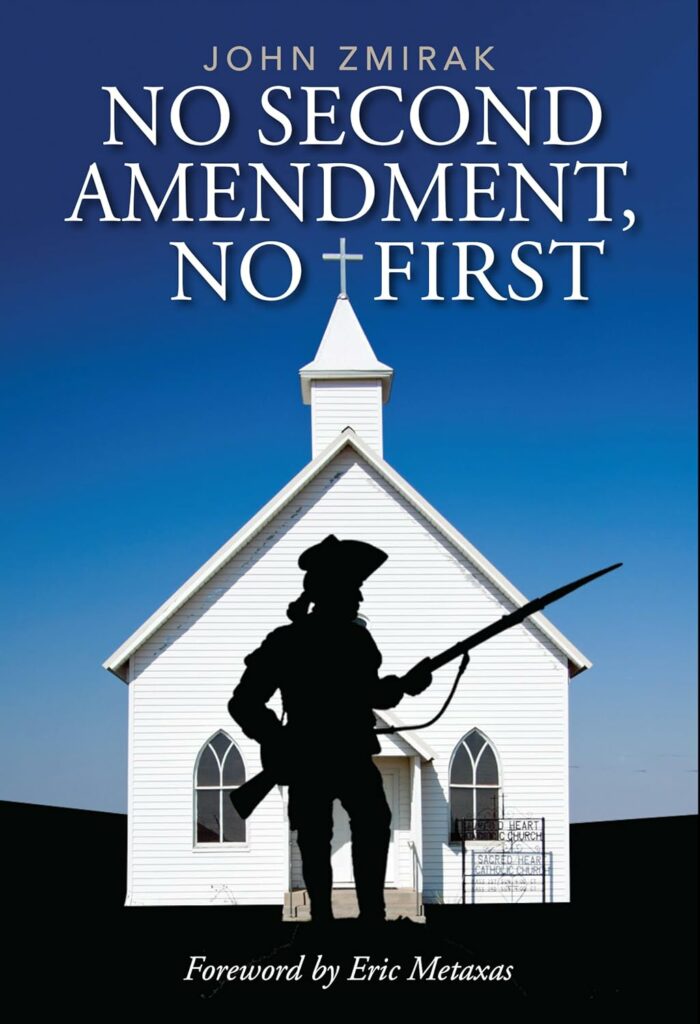Dear Biloxi School District: To Kill a Mockingbird is a Great Book
Shared stories help us remember our connection to one another.
Parents in Biloxi, Mississippi are afraid that To Kill a Mockingbird makes 8th graders uncomfortable. So they petitioned their school board to cut Harper Lee’s Pulitzer Prize-winning classic from its reading list. The school district’s Vice President Kenny Holloway explained to The Sun Herald that To Kill a Mockingbird was removed from the curricula because, “There is some language in the book that makes people uncomfortable.”
A Terrible Decision
According to the school district’s website, To Kill a Mockingbird was being read to teach 8th graders that “caring for others should not be dependent on race or education.” The Biloxi district now says other books can teach the same lesson. Perhaps. But will these other books be as well-written? Will they be as significant? Assigning one book and not another is a statement of a book’s worth. It’s value. It’s impact. Shouldn’t we want our children to read, in the words of Matthew Arnold, “the best which has been thought and said”?
Within a year of publication, To Kill a Mockingbird won the Pulitzer Prize in fiction (1961). A year later the story was made into a movie with A-list actors such as Gregory Peck. The story soon became regarded as a classic. It’s been required reading in junior high classes throughout the country for many years. In 2007 Harper Lee was honored with the Presidential Medal of Freedom for To Kill a Mockingbird — even though it was the only book she had ever published. The Library of Congress identifies To Kill a Mockingbird as one of fewer than 90 books that has shaped America.
Why has To Kill a Mockingbird had such an enduring impact? Because it speaks to our universal longing for justice, equity, and for a sense of shared humanity that transcends racial or social classes. It speaks to the importance of courage, honor, and value — of doing the right thing, even when it comes at a price. To Kill a Mockingbird shows how our biases and assumptions can color our interpretation of events. And it gives an accurate depiction of the endemic racism in the Jim Crow-era Deep South. Sure, the book’s publication was well-timed. To Kill a Mockingbird came out just as the Civil Rights movement was kicking into high gear. But Harper Lee’s story is just as powerful in our day.
Not that we haven’t made progress. We clearly have. But especially in a place like Biloxi, Mississippi — where Confederate President Jefferson Davis built a mansion after the Civil War — students would do well to read the raw depiction of what the 1930s were like, for whites and blacks, in the rural Deep South.
Offensive Content?
To Kill a Mockingbird is no stranger to controversy. Even as it has been widely sold, it’s also been one of the most frequently banned books. Critics have usually cited the book’s strong language, discussion of sexuality and rape, and use of the n-word. But the book’s treatment of these matters is neither flippant nor inflammatory. Atticus Finch, a white lawyer, represents Tom Robinson, a black man unjustly accused of raping a young white woman. At one point, Mr. Finch’s daughter, Scout, asks him:
“You aren’t really a n******-lover, then, are you?” Scout asks.
His response was, “I certainly am. I do my best to love everybody. I’m hard put, sometimes — baby, it’s never an insult to be called what somebody thinks is a bad name. It just shows you how poor that person is; it doesn’t hurt you.”
Mr. Finch’s statement here is both profound and praiseworthy. As Harper Lee herself wrote in a 1966 letter critiquing a Hanover County, Virginia, school district for banning her book, “Surely it is plain to the simplest intelligence that To Kill a Mockingbird spells out in words of seldom more than two syllables a code of honor and conduct, Christian in its ethic, that is the heritage of all Southerners.”
That’s not to say that life in the 1930s South was always fair. In the story Mr. Robinson dies tragically, seeking to escape his unjust incarceration. If this accurate picture of life in the Jim Crow era make students uncomfortable, maybe that’s the point. Why are parents seeking to protect their children from this painful glimpse into America’s past? Are we trying to raise a bunch of babies? Should we be surprised if overprotected eighth graders go on to become college students who disapprove of free speech? Who’d rather huddle with those with agree with them on everything than be exposed to the great debates of the ages?
The Value of Shared Stories
Ours is a society with fewer shared stories. But shared stories help us remember our connection to one another. They remind us that we have a common cultural heritage as Americans, regardless of our racial or socioeconomic differences. Shared stories also create a reference point for discussion on timeless issues, like the pain and loss of innocence that come from experiencing injustice.
Great books don’t just change individuals. They shape history. As Senator Ben Sasse has said, they create a shared community with those with those who have read it, discussed it, and argued about it. These communities extend over space and time. If the parents and teachers in Biloxi, Mississippi think there’s a better book that should replace To Kill a Mockingbird, then they should have that discussion. But don’t just ditch a classic because it makes students uncomfortable. That same discomfort is often the doorway to learning and to lasting change.
Dr. Alex Chediak (Ph.D., U.C. Berkeley) is a professor and the author of Thriving at College (Tyndale House, 2011), a roadmap for how students can best navigate the challenges of their college years. His latest book is Beating the College Debt Trap. Learn more about him at www.alexchediak.com or follow him on Twitter (@chediak).


